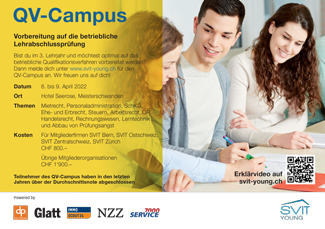Model clarifies the cycle of building materials

A doctoral student from the OST - Ostschweizer Fachhochschule is working with partners to model a circular economy for building materials across cantonal borders. Because the cantonal league prevents overarching solutions. Now models should create a basis for decision-making.
With his dissertation, industrial engineer Daniel Kliem wants to create the basis for the recycling of building materials at the OST – Ostschweizer Fachhochschule, across cantons. As it is said in a media release, the “cantonal spirit” is a hindrance in the political process. If, for example, the price for mining gravel and dumping demolition and excavation is raised in one canton in order to provide incentives for recycling, the problem would only shift to other regions: “Dismantling material and excavation would then be transported to other cantons and new material would then drive from further away, ”said Kliem.
Now a participatively developed model wants to clarify the system dynamics. In addition to three OST institutes, experts from the Universities of St.Gallen and Bergen , the Zurich Office for Waste, Water, Energy and Air as well as Energy and Resource Management GmbH are involved in this four-year project. Despite the complex dynamics, it has already created a comprehensive understanding of the problem and has been able to identify actionable fields of action. For example, the processes and spatial planning measures would have to be redefined. In addition, construction-intensive cantons such as Zurich should be included and the taxation of resources should be regulated nationally.
"The realization that even experts can learn new things with models and gain new perspectives and inputs was exciting," Kliem is quoted as saying. “The obvious measure to increase the price of gravel is good and works. But if the catchment areas are included, the cooperation between cantons serves as a key to prevent additional transport. "
